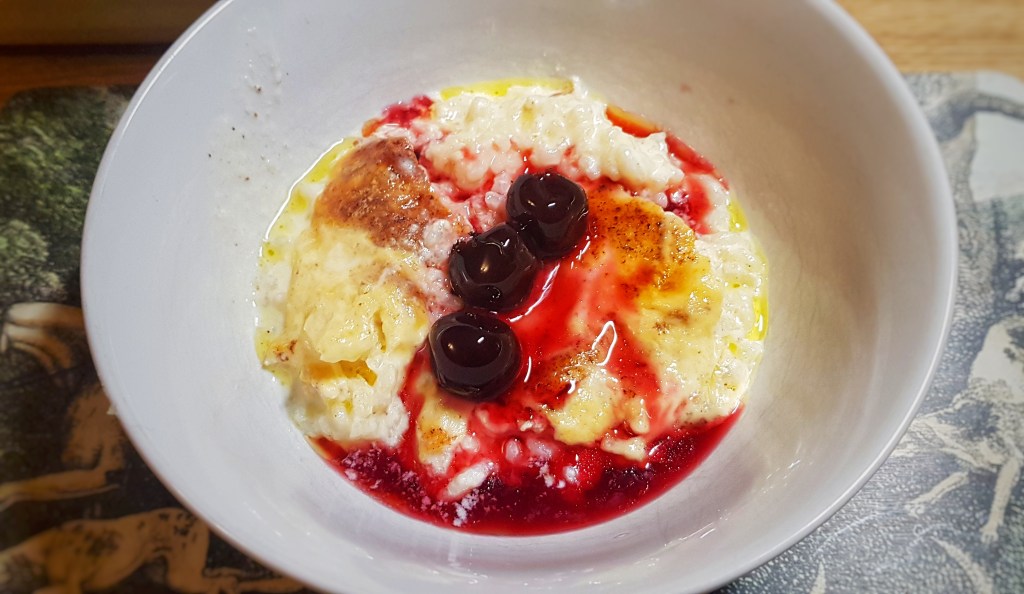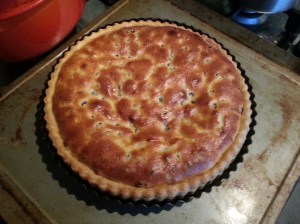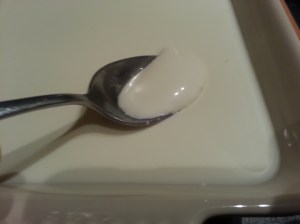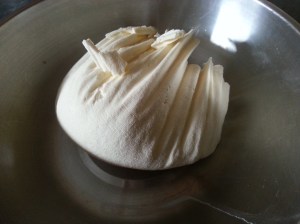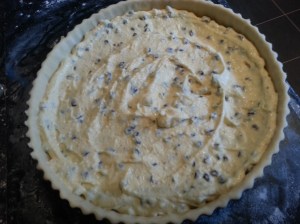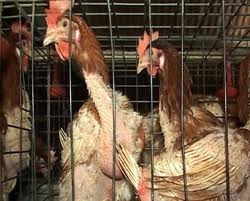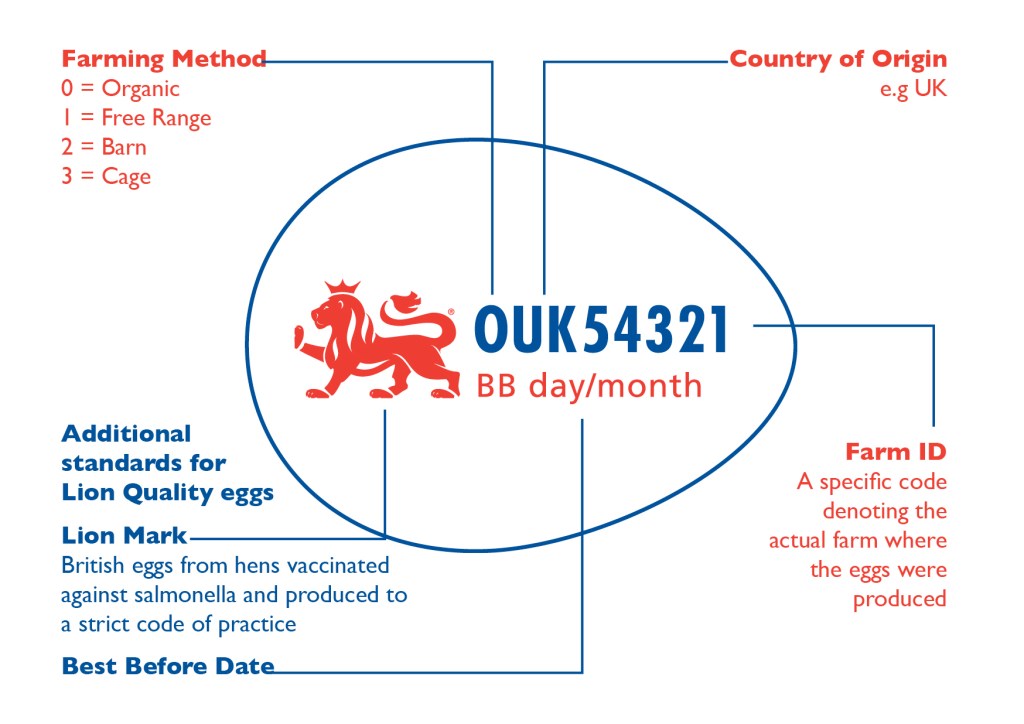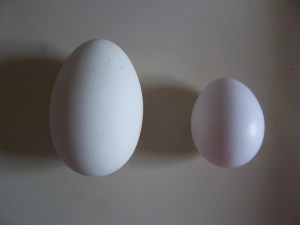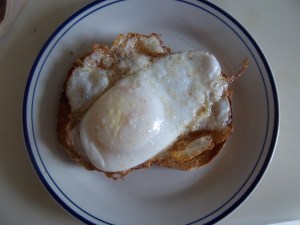What is the matter with Mary Jane?
She’s perfectly well, and she hasn’t a pain,
And it’s lovely rice pudding for dinner again!—
What is the matter with Mary Jane?
AA Milne, Rice Pudding
Rice pudding has been made in Britain ever since rice found its way there via those Asian European trade routes in the eleventh century. It’s a classic pudding and one of my very favourites, even eaten from a tin. In the Victorian times, it would have been put into the category of ‘nursery puddings’ along with all the other milky, custardy unrefined ones that everyone remembers from their childhood.
I love all of the milk puddings: semolina, macaroni, sago, the lot, but rice pudding is the best. I served it at one of my Pud Clubs, but it unfortunately scored low; it seems that people either love it or hate it.
Here’s an example of a rice pudding that is cooked in the oldest sense of the word pudding, i.e. it is stuffed into intestine (‘farnes’) and boiled. It appears in The English Huswife by Gervase Markham in 1615
Take half a pound of rice, and steep it in new milk a whole night, and in the morning drain it, and let the milk drop away; then take a quart of the best, sweetest and thickest cream, and put the rice into it, and boil it a little; then set it to cool an hour or two, and after put in the yolks of half a dozen eggs, a little pepper, cloves, mace, currants,dates, sugar and salt; and having mixed them well together, put in a great store of beef suet well beaten and small shred, and so put it into the farmes…and serve them after a day old.
The earliest recipe I could find is from 1400 from Food in England by Dorothy Hartley, but she doesn’t say which manuscript it’s from:
Nye ye ris whges hem clene, seethe them fort til hit breke, let it kele, do thereto almand mylke, and of Kyne colour yt salt, and gif it forth.
Roughly translated: rinse the rice and boil it until it will break easily. Let it cool, and add almond milk as well as cows’ milk (kyne). Add some salt and serve.
I think that a combination of almond and cows’ milk sounds quite delicious. Notice that there’s no sugar or spice; far too expensive in those days!
If you like the blogs and podcast I produce, please consider treating me to a virtual coffee or pint, or even a £3 monthly subscription: follow this link for more information.
Anyways, enough waffle, here is my recipe for rice pudding. It takes long and slow cooking, but these things are worth the wait. I use vanilla as my spice, but you could use cinnamon, nutmeg or allspice. Currants or sultanas make a good addition too.
The most important thing is to buy proper pudding rice – a short, fat grain similar to Arborio rice. If you can’t get hold of it, I’m sure any other glutinous rice will do, but don’t quote me on that!
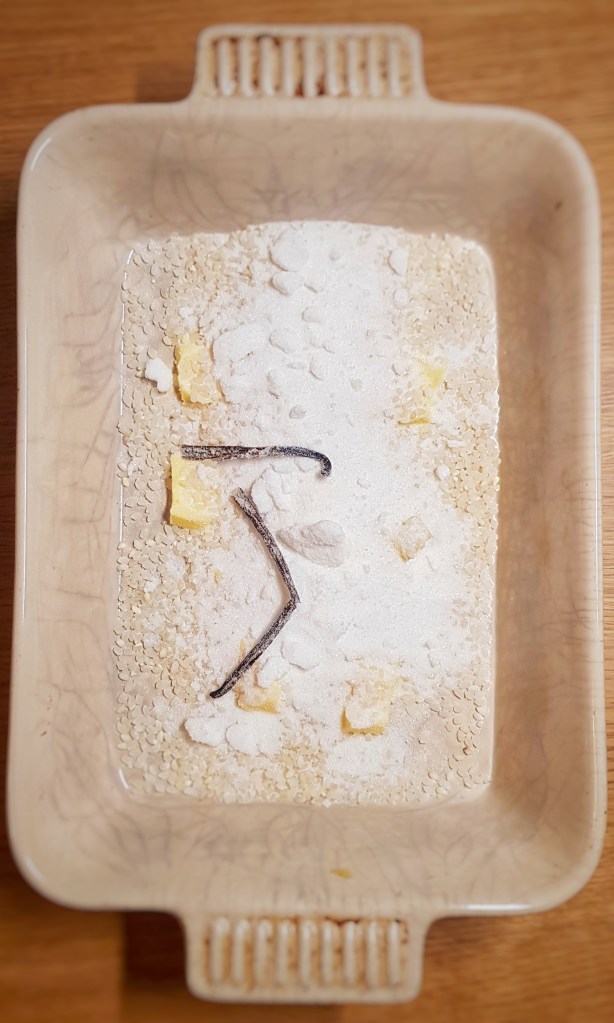
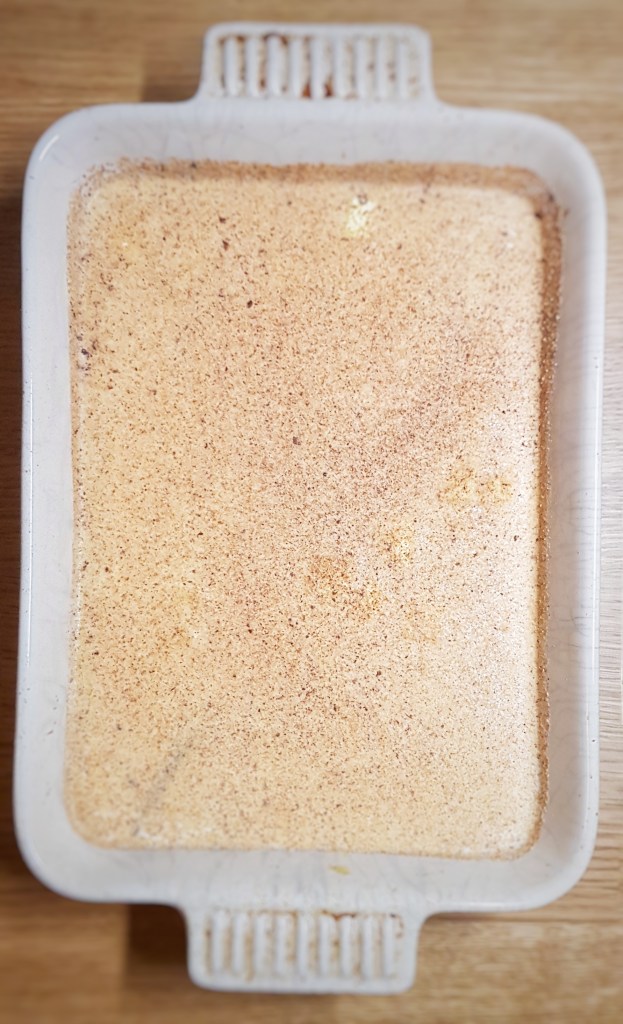

If I have to put a number to it, I suppose I’d have to say it serves four, but in my house it’s probably more like two:
30g butter
100g pudding rice
60g caster or vanilla sugar
1 vanilla pod (if using regular caster sugar; you could, of course, use 1/2 tsp or so of vanilla extract)
1 litre Channel Island Gold Top or 850 ml whole milk and 150 ml cream
zest 1/2 lemon (optional)
pinch of salt
1 whole nutmeg
Jam (optional)
Preheat your oven to 160⁰C
Grease an ovenproof dish with a capacity of a little over 1 litre with butter and scatter in the pudding rice, followed by the sugar. Break up the remainder of the butter into little knobs and dot them about.
Deal with the vanilla pod if using: using a small pointed knife, carefully cut the pod lengthways so that you can scrape out the seeds. Put seed and pod in amongst the rice.
Pour on the milk, the lemon zest (if using) and the salt. Give it a gentle stir, poking down any grains of rich that refuse to sink. Now grate the whole entire nutmeg on the top of the pudding and and pop into the oven for 2 hours, but it may be more; it must look runnier than you would like as it continues to thicken outside of the oven. Every half an hour give the pudding a good stir so that the rice grains don’t clump together. Don’t mix it in the final 30 minutes or so if you want to achieve a good skin.
Make sure everyone gets some skin and a good blob of jam. I would go strawberry or raspberry here, but it is entirely up to you.
